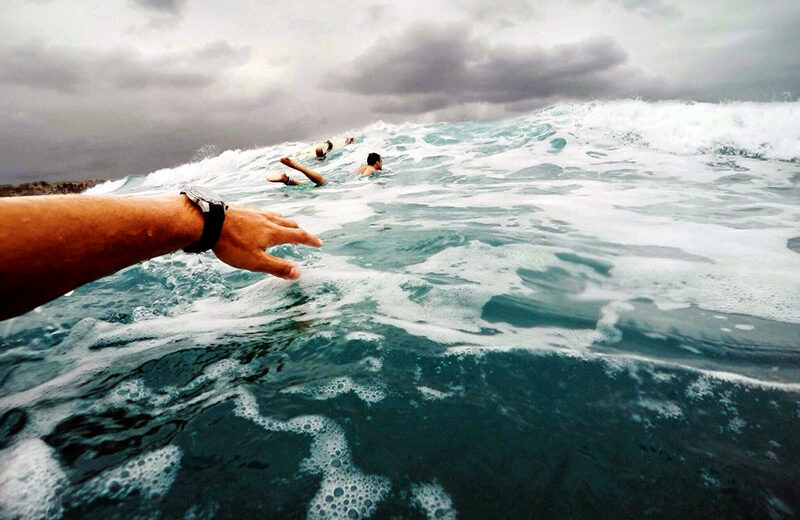With the last days of summer upon us, many are scrambling to get as much time in the water as possible while the weather is still warm. While there is nothing better than cooling off in a swimming pool, in the bay, or ocean, exposure to the elements can create problems for your ear. During the summer, and even into the cooler months, surfer’s ear and swimmer’s ear becomes a painful possibility. However, many people confuse the two, even though their symptoms and treatment methods are different. If you often experience ear problems after water exposure, learn more about the difference between surfer’s ear and swimmer’s ear.
Surfer’s Ear and Swimmer’s Ear: What to Know
• Surfer’s ear, also known as exostosis, occurs due to repeated exposure to cold wind and water. Abnormal bone growth occurs, which causes the ear canal to narrow and can cause water, earwax, and other debris to become trapped.
• Swimmer’s ear is also caused by water remaining in the ear, as it creates a moist environment that leads to a painful ear infection. A person with swimmer’s ear will experience an ear infection that affects the outer ear canal, running from the eardrum to outside the ear.
The Signs and Symptoms of Surfer’s Ear
• Ear pain
• Ear infections
• Stuck water or earwax in the ear
• Ears that feel plugged
• Tinnitus
• Impaired hearing
• Hearing loss
The Signs and Symptoms of Swimmer’s Ear
• Discharge from the ear
• Redness in the outer ear
• Pain
• Ear feels warm
• Feeling of fullness in ears
• Impaired hearing
• Hearing loss
• Itchy ears
• Tenderness
How to Prevent Surfer’s Ear
1. Limit your exposure to cold water.
2. Wear a wetsuit hoodie to keep head and ears warm, and to protect the ears from the water.
3. Wear a pair of earplugs to keep the water out every time you participate in a water sport.
4. Dry your ears afterward with a hairdryer set to the lowest setting.
How to Prevent Swimmer’s Ear
1. Wear a swimming cap not only to protect your hair but to protect your ears as well from the water.
2. Use earplugs every time to prevent water from getting into the ears.
3. As soon as you get out of the water, use a towel to clean your ears gently.
4. Use a hairdryer on the lowest setting and hold it a few inches away from the ear to dry your ears.





